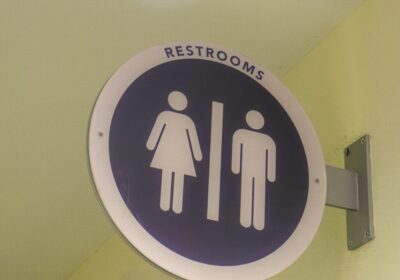Bees’ dangerous decline needs more public buzz

While bees are not typically the first insects people feel sympathetic toward, the public should take a comb through its environmental concerns and be a little nicer to them.
As CNN reported, the White House announced new goals to protect the falling bee and monarch butterfly populations as part of President Barack Obama’s “pollinator” task force efforts, which began last June. The proposed steps involve limiting pesticide use, making federal land more habitable for pollinators and putting more money toward research, as noted by the Associated Press.
These steps are commendable for creating a buzz around an issue that should receive more attention, especially since in the past five years a third of bee colonies disappeared and the overall bee population in the U.S. dropped by 30 percent, according to the Centre for Research on Globalization. What has been labeled colony collapse disorder directly impacts the world’s food supply and should be recognized on a larger scale.
As reported by the United Nation’s Food and Agriculture Organization, bees and other pollinators help produce about a third of the world’s crops. In a CNN column, Marla Spivak, a University of Minnesota entomology professor, noted that of 100 crop species producing 90 percent of the world’s food, 71 percent depend on bees. People clearly have an incentive to care.
However, as mentioned in CNN, the budget for protecting the bees might not win everyone over, as the Obama administration is requesting $82 million in the budget for the 2016 year to go toward its efforts, an increase from last year’s $34 million request.
Still, as CNN reported, the White House Office of Science and Technology Policy indicates that honeybee pollination brings in $15 billion to crop value annually. As bee populations dwindle, as Spivak addressed, the cost of fruits and vegetables could climb.
This is a domino effect waiting to threaten food sources and prevent people from getting, let alone affording, the nutrition they need.
In addition to the danger toward the food supply, the potential causes of the decline in the bee population are well worth the efforts the White House brings forth.
As mentioned in CNN, the loss of bees could be a result of environmental problems, less pollen and bacteria. Also, according to a U.S. Department of Agriculture and Environmental Protection Agency study, the leading issue is an insecticide-resistant parasite living in beehives.
Other problems include the use of dangerous pesticides and transforming landscapes into lawns and corn fields that lack adequate foraging space, as addressed by NBC News.
While the White House’s plan will likely raise awareness and reduce the damage, there are small steps people can make that are realistic for many college students. For instance, as Spivak noted, growing flowering plants and advocating for local areas, particularly roadsides and city lawns, to have more varied plants.
From University of Sussex research that found flower strips in farmlands increase bee populations, to the University of New Hampshire’s bee hotel used to examine local bee species to learn about their preferred habitats, universities have found ways to halt population decline. Since this remains an ongoing problem, research universities should take the opportunity to chime in on solutions.
Isabelle Cavazos is a senior majoring in English and Spanish.








